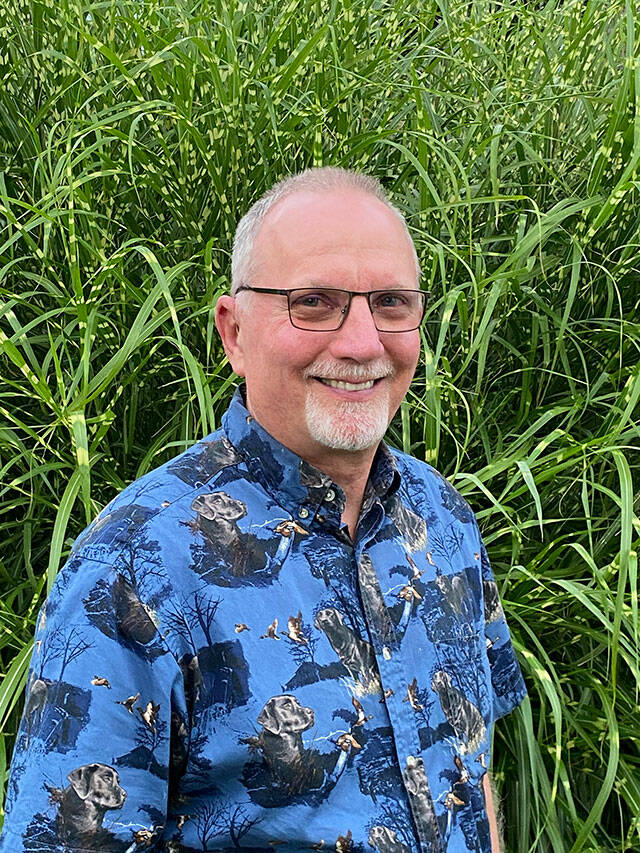While on my regular walks around my neighborhood, I’ve noticed lots of human skeletons, some 12 feet tall. Spiders, bats, gravestones, witches, and ghosts hanging from house eaves can be seen in yards. Huge blowup black cats are displayed as well.
Halloween is coming.
When I was a kid, funerals included a parade of mourners filing past the dead loved one in an open casket. Those days seem to be gone. Now we have celebrations-of-life memorial services where there is no body on display. Extra effort is required to view the body at the funeral home.
What are the origins of Halloween? Why has it become an increasingly popular event? Why are many Americans avoiding real death? These are the questions I will attempt to answer in this week’s column.
Halloween has its origins in Europe. It was brought to America mainly by the Scots and the Irish and only popularized in the 19th century. (Is this one more thing we should criticize immigrants for?)
“Hallowed Evening” comes on Nov. 1, the day after All Saints Day on October 31. According to English.elpais.com, “In the 7th century, the Catholic Church attempted to Christianize pagan festivals, which led to the Saints’ days.” So, the pagan holiday came first, and then All Saints Day was created. The same strategy was used for Christmas and Easter. It was a clever, if ethically questionable, marketing device to make it easier for pagans to convert to Christianity.
Have you ever wondered what Santa Clause, Christmas trees, candy canes, and giving of gifts within our families has to do with the birth of Christ? What is the connection between the death and resurrection of Jesus and Easter bunnies and hardboiled decorated eggs? Both bunnies and eggs have traditionally been equated with fertility.
Why has Halloween become increasingly popular? The simple answer is that dressing up in costumes, ushering children around the neighborhood or merchants’ stores, and handing out candy and treats is fun for both parents and kids. Businesses have seen the advantage of Halloween as a way to increase rentals/sales of costumes, candy, skeletons, gravestones, blowup toys and pumpkins.
This brings us to the third, and most important question: Why do Americans glorify and glamorize death while at the same time we shy away from dealing with real death? It used to be that families, mainly the women, would cleanse the body and prepare it for burial. Today, that duty has been delegated to professional morticians who charge enormous fees for their services.
As with most things in America, the answer to any question is, “Follow the money.”
We humans are only rarely rational. Most of us are governed by our emotions rather than our ability to reason and think. Halloween is a prime example of this very human tendency to choose emotion over reason. Businesses profit by playing on our fear and denial of death by selling items that mock it. Businesses and buyers may not think that way, but that is really what is happening.
If you have watched all the events leading up to the Nov. 5 election, you will have seen how easily distracted and diverted we Americans are. It’s clear that we can easily be manipulated, whether by religions, merchants, or politicians.
The question for all of us should be “How can we become more self-aware, self-controlled, and especially humble?” Halloween is a cultural celebration that many Americans enjoy. Have you ever questioned why you act and believe as you do regarding this special day? What does its celebration reveal about American culture while we recoil from real death at the same time?
Think about this when you wish someone “Happy Halloween!”


